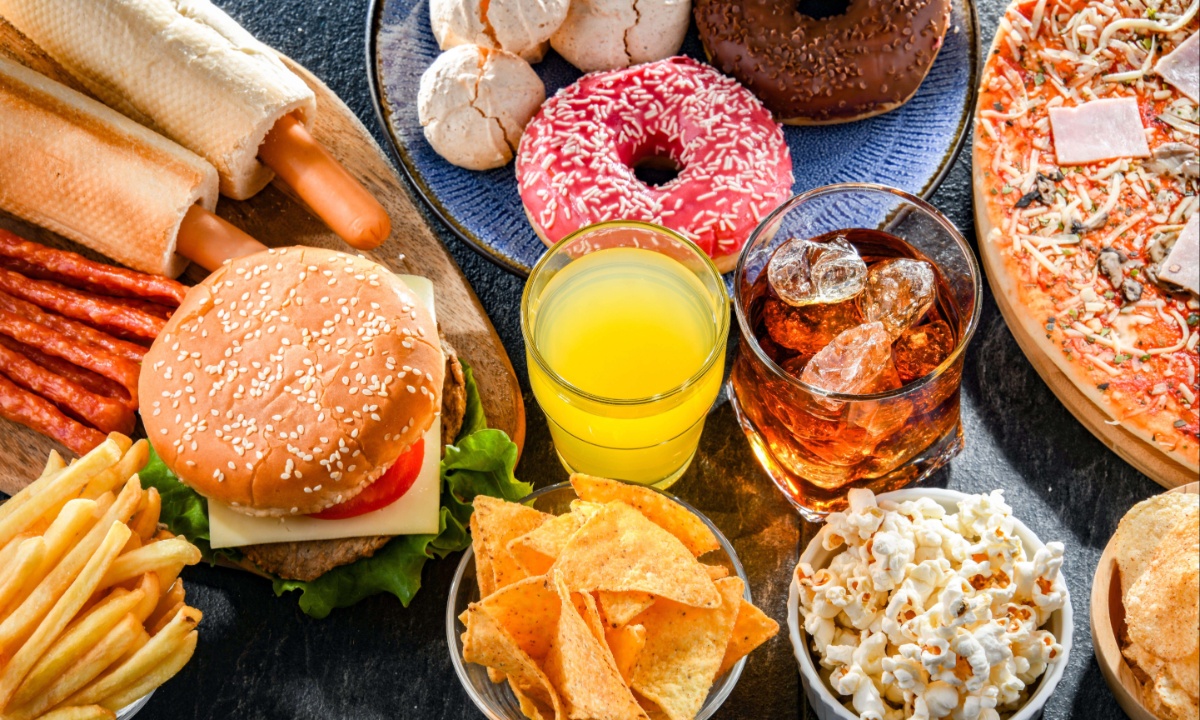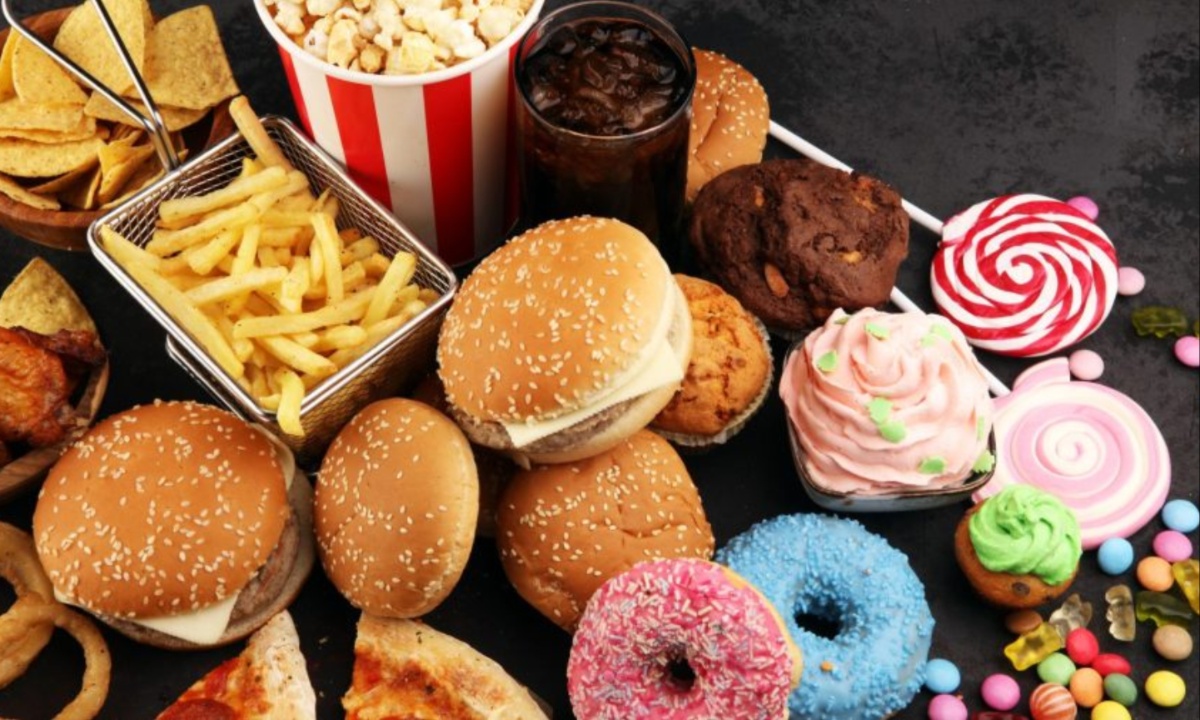Humans have been processing food for millennia, but recent research highlights the health risks associated with consuming ultra-processed foods (UPFs). While some food processing can enhance safety and longevity, excessive consumption of UPFs is linked to severe health issues like obesity, hypertension, heart disease, and type 2 diabetes.
In wealthy countries such as the UK and the US, adults derive over half of their calories from UPFs, and adolescents are believed to have even higher intake levels. Examples of UPFs include items like sweetened yogurts, margarine, cereal bars, chicken nuggets, and energy drinks.
A recent study has provided new insights into the consumption patterns of UPFs among UK adolescents. Analyzing data from the National Diet and Nutrition Survey spanning from 2008 to 2019, the study found that two-thirds of adolescents’ daily caloric intake comes from UPFs, the highest proportion recorded for any age group.
Additionally, the research indicates that consumption of UPFs is disproportionately higher among disadvantaged groups, highlighting a link between socio-economic status and dietary habits.
The study utilized food diaries from nearly 3,000 adolescents aged 11 to 18, recording their intake over four days. The researchers measured both the percentage of daily energy derived from UPFs and the total amount consumed in grams.

The findings revealed that adolescents consumed an average of 861 grams of UPFs daily, equating to 66% of their total caloric intake. Social factors such as parental occupation, ethnicity, and regional location were found to significantly influence UPF consumption patterns.
The research further identified variations in UPF consumption based on age, socio-economic status, and geography. Younger adolescents and those from more disadvantaged backgrounds or white ethnicities consumed larger proportions of their calories from UPFs.
Regional differences were also notable, with adolescents in the north of England consuming a higher percentage of their calories from UPFs compared to those in the south. Additionally, male adolescents and those with obesity tended to consume more UPFs than their counterparts.
The study also examined changes over time, noting a decline in UPF consumption from 2008 to 2019. Initially, adolescents consumed around 68% of their calories from UPFs, but this decreased to 65% by 2018-19. However, post-pandemic data is still pending, so current consumption trends remain uncertain.
To address the high consumption of UPFs among adolescents, it is essential to involve them in developing strategies to reduce UPF intake, improve school food quality, and enhance access to minimally processed foods, rather than imposing blanket recommendations that may be counterproductive.
